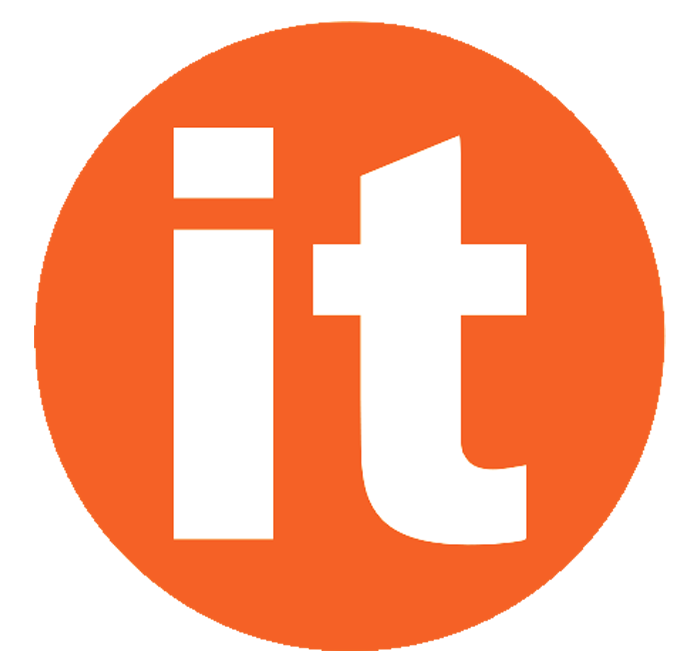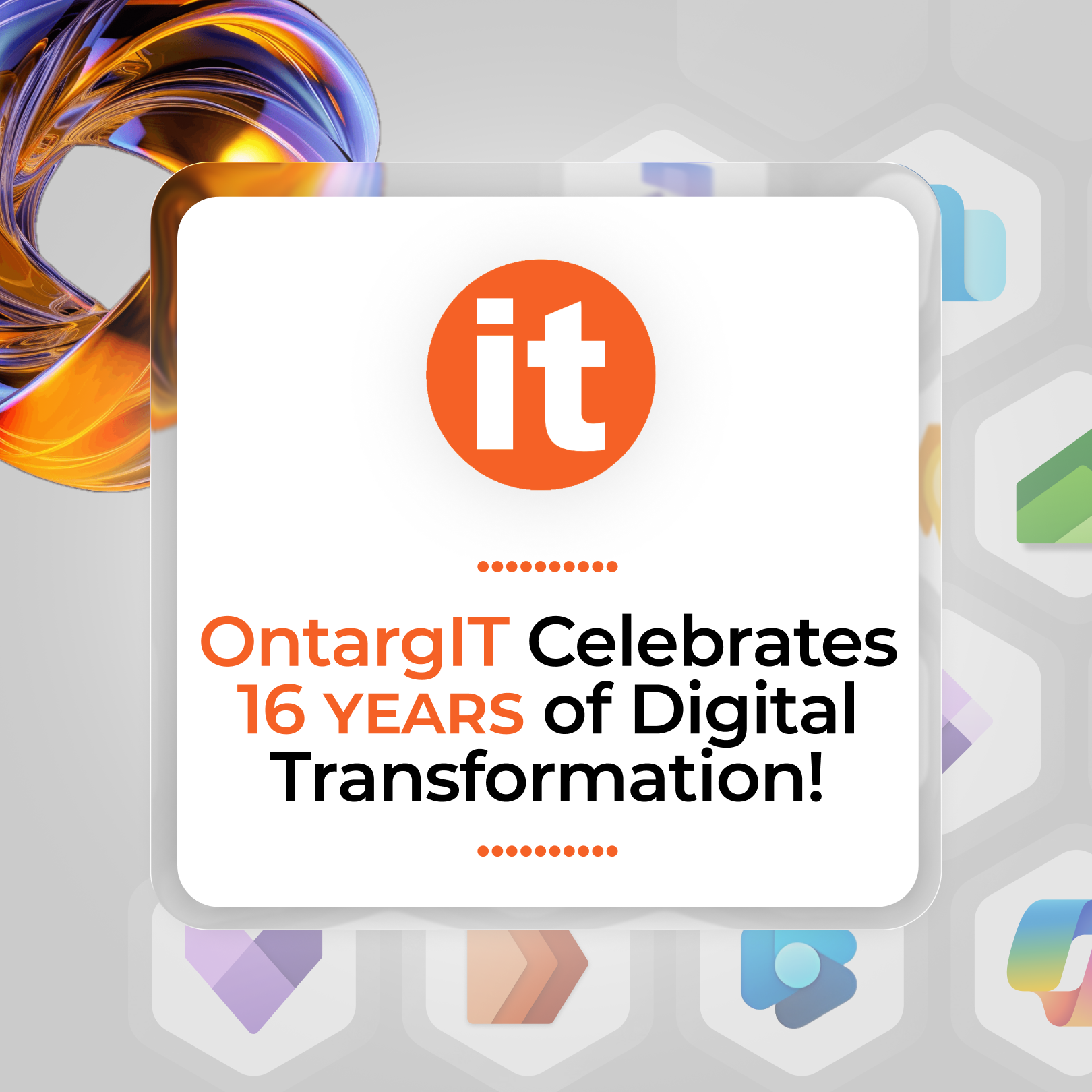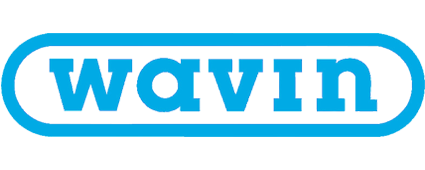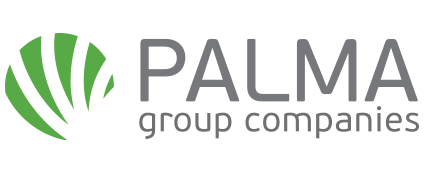In the ever-evolving landscape of application development, speed, security, and scalability are more important than ever. Businesses are seeking agile ways to build powerful applications without relying solely on traditional, code-heavy development. In response to this demand, Microsoft Power Platform continues to rise as a game-changing solution—an achievement recently recognized by Forrester, which named Microsoft a Leader in its 2025 Forrester Wave™: Low-Code Platforms for Professional Developers report.
This recognition underscores Microsoft's commitment to empowering professional developers, IT teams, and citizen creators alike through a comprehensive low-code platform designed to accelerate innovation and deliver enterprise-grade solutions.
Microsoft Power Platform: A Low-Code Leader for Professionals
The Forrester report evaluated 13 top low-code platforms across 36 criteria, covering everything from developer experience and app design capabilities to governance and roadmap vision. Microsoft ranked highest in both "Current Offering" and "Strategy", reinforcing its position as a platform that delivers today and leads into the future.
So, what makes Microsoft's Power Platform stand out?
1. AI-Powered Productivity for Developers
At the core of Power Platform's success is its AI-first development approach. Microsoft has invested heavily in bringing generative AI into the low-code experience. Through natural language interfaces, developers can describe what they want to build in plain English—and the platform automatically generates logic, forms, or data connections accordingly.
Features like Copilot in Power Apps and AppGen allow developers to go from idea to prototype in minutes, enabling rapid testing and iteration. With tools like these, organizations are no longer bottlenecked by limited developer resources.

Image: Image: 2025 Low-Code Development Platforms for Professional Developers
2. Enterprise-Grade Governance and Security
One of the platform's most compelling advantages is its built-in governance and compliance capabilities. Power Platform provides centralized management tools for:
These features ensure that organizations maintain full visibility and control, while still encouraging low-code adoption across departments.
3. Seamless Integration with Microsoft Ecosystem
Microsoft Power Platform is designed to work natively with Microsoft 365, Dynamics 365, Azure, and Microsoft Dataverse, giving it a major interoperability advantage. It also integrates with external systems through over 1,000 pre-built connectors, making it a flexible tool for complex enterprise environments.
Professional developers benefit from integration with Visual Studio, GitHub, and Azure DevOps, ensuring they can use familiar tools and processes while leveraging low-code speed and flexibility.

4. Collaboration Between Business and IT
Microsoft’s platform facilitates better alignment between business users and IT. Business teams can prototype and deploy solutions, while IT retains control through built-in governance and developer oversight.
This fusion development model allows cross-functional teams to co-create apps, bots, reports, and automation flows—dramatically accelerating digital transformation without sacrificing security or quality.
5. Explosive Growth and Market Adoption
The numbers speak for themselves. Microsoft Power Platform now boasts:
- Over 56 million monthly active users
- 27% year-over-year growth
- Usage across 97% of Fortune 500 companies
This explosive adoption shows that low-code development is no longer a niche trend—it's a strategic advantage. Enterprises across industries are using Power Platform to modernize legacy systems, build internal tools, automate workflows, and create new customer experiences.
6. Developer-Centric Roadmap and Ecosystem
Microsoft's long-term strategy continues to emphasize tools and support for professional developers. New features such as:
…ensure that the platform continues to meet the needs of the enterprise development community.
Why This Matters for Modern Enterprises
If your organization is exploring digital transformation, investing in a secure, flexible, and scalable low-code platform is no longer optional—it's essential.
Microsoft Power Platform enables companies to:
- Build and deploy apps faster
- Maintain compliance and data integrity
- Integrate with both Microsoft and third-party systems
- Scale solutions across teams, geographies, and departments
- Empower developers and non-developers alike
By blending AI innovation, developer productivity, and enterprise-grade governance, Microsoft Power Platform helps businesses meet rising expectations in a competitive market.
Conclusion
Microsoft's leadership in the 2025 Forrester Wave™ confirms what many businesses already know: Power Platform is the most complete, enterprise-ready low-code platform on the market. From AI-driven app creation to enterprise security and scale, it empowers teams to build more, faster—with less overhead and more impact.

















